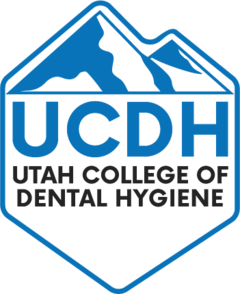FEDERAL LOAN REPAYMENT AND COUNSELING
Repayment of Federal Direct Stafford loans will begin 6 months after graduation or any other termination of enrollment. Student will generally have up to 10 years to repay Federal Direct Stafford loans. Deferment and forbearance options are available under certain circumstances. Regarding Federal Direct Parent PLUS loans, the parent borrower has the option to begin repayment either within 60 days from the date the loan is fully disbursed or wait 6 months after the dependent student ceases to be enrolled on at least a half time basis. The parent has the option to defer the payment of principal and interest while the student is in institution. No interest is charged on Federal Direct Subsidized Stafford loans while you are in institution and during the grace period and deferment periods. For Federal Direct Unsubsidized Stafford loans, interest is charged on these loans during the in institution, grace, deferment and repayment periods. You may choose to pay interest while in accumulates while you are in institution, or you can allow it to accrue and be added to the principal balance, on which additional interest amounts will be based. As a student borrower, in additions to the FAFSA, you will be required to complete both a loan entrance interview and Master Promissory Note before a Federal Direct Loan can be disbursed to you. Entrance counseling is done during the initial financial aid appointment or in a group or online for all federal loan borrowers. Exit counseling must be completed before you leave the institution. Generally exit interviews are completed prior to completion date. For information on exit counseling, the total and types of loans that have been disbursed to you, information on federal grants that you have received, estimated repayment amounts, etc. visit studentaid.gov. Also, a paper copy is distributed to each student for exit counseling purposes. The institution will advise you of all available grant aid prior to awarding loans. The institution encourages students to borrow the minimum amount required in order to meet their budgeted cost of attendance. Be aware of how much debt that you can adequately manage when you leave institution. Please use the estimate of your total loan debt to determine your estimated monthly payment in comparison to the recommended annual salary for the position that you are seeking to obtain after your education is completed. On-time repayment of your student loans is included as a positive item on your credit report. It demonstrates your willingness to pay, and reflects your maturity as a responsible consumer. Additionally, you can avoid late fees, additional interest and other penalties that delinquent and defaulted students encounter. Also note that you may deduct interest paid on qualified education loans on your income tax return. Please consult an experienced tax preparer on this fact and the availability of other education credits such as the Hope Scholarship and Lifetime Learning Credit before filing your income tax return. The U.S Department of Education has established multiple websites to assist students in this process. Visit the Department’s Repayment Plans and Calculators website at https://studentaid.gov/fsa-id/sign-in/landing. This may help you to better understand your loan obligation and required payments, as well as repayment options that may be available. The amount of loans that you can borrow is impacted by many factors including the type of programs that you are enrolled in, the length of the program, the credits you are attempting, how that program has been approved for loan eligibility, dependency status, etc. The following is a chart that shows maximum annual and aggregate loan amounts. Also attached is the most recent information available regarding interest rates for federal loans and a comment on other loan fees. Please consult your Financial Services Officer for other information on loan amounts and loan interest rates, these rates are generally updated every July. ndergraduate
|
Utah College of Dental Hygiene
